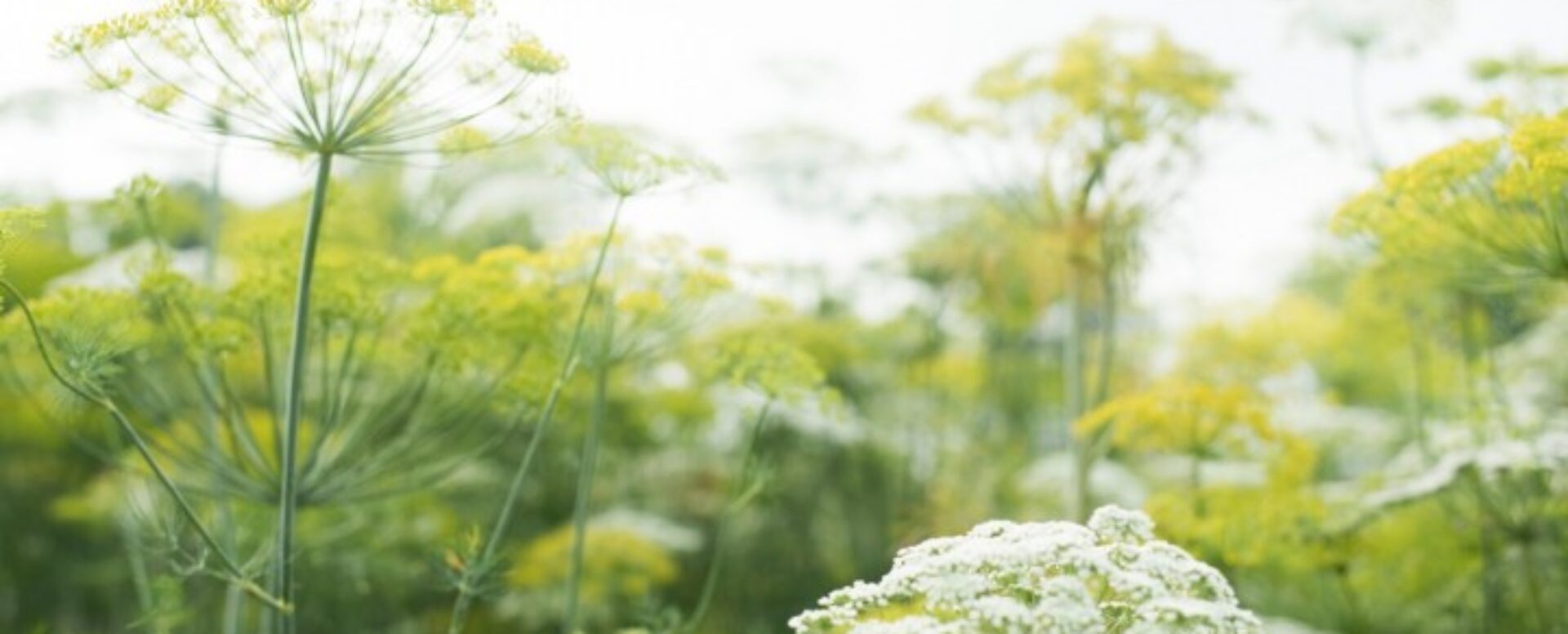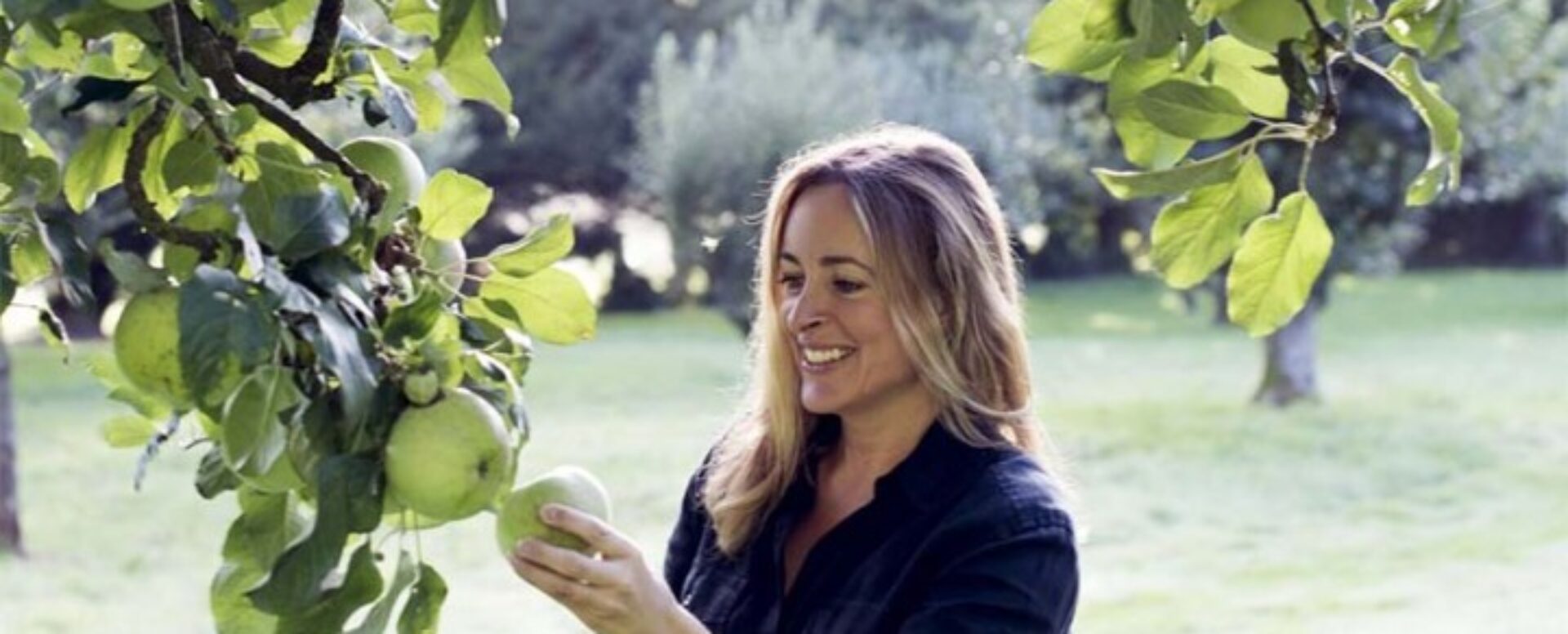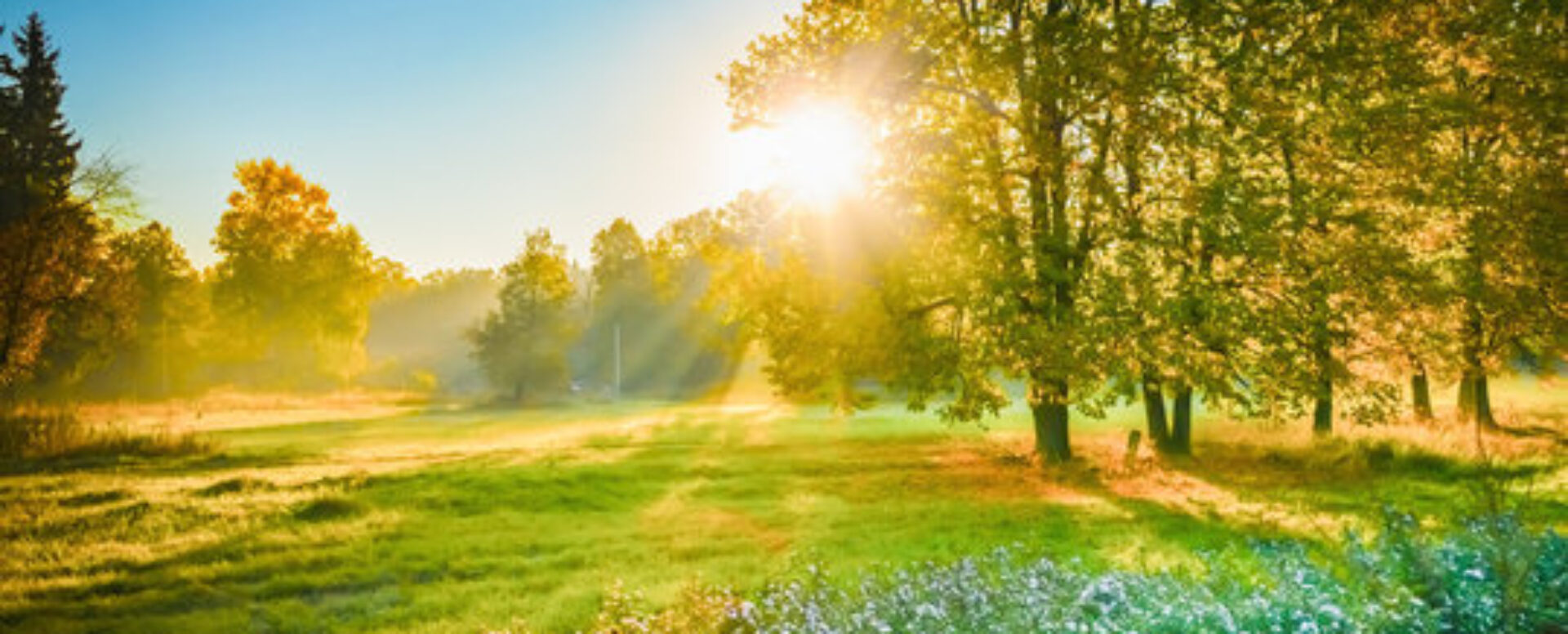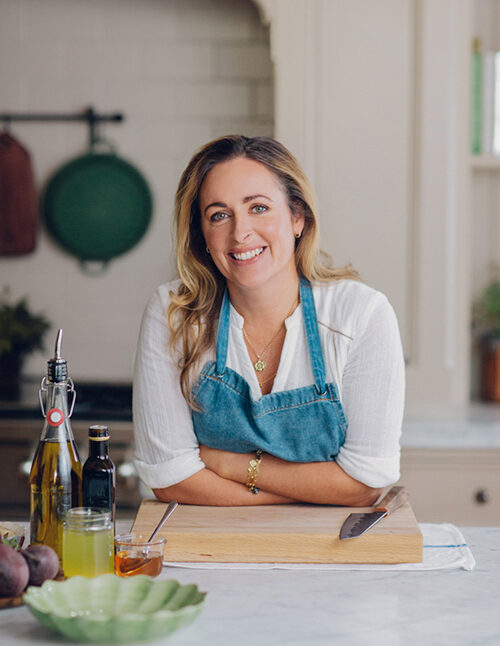Summer Health
Jun 2022

The following article is for information only and is no substitute for medical advice or your own research. Please be mindful of your needs and seek appropriate professional support as necessary.
Seasonal Food
Summer is peak growing season, with fields, growing spaces, polytunnels, allotments and perhaps even our own gardens or windowsills bursting at the seams with produce. It’s easier to find locally grown fruit and vegetables and as harvests increase, prices tend to fall too. Now is therefore the perfect time to embrace fruits and vegetables in all their technicolour glory.
Remember my positive nutrition philosophy encourages us to aim for up to 6 portions of vegetables and 3 of fruit per day. Some people might do better with more, some less. But wherever you’re starting, just adding in a few extra portions here and there is a wonderful addition and now is the perfect time to take full advantage of the delicious range of sun-ripened produce. ESPECIALLY enjoying UK produce now that we have it rather than buying what has been flown in from overseas.
Here’s a list of what’s in season in the UK, as well as a few tips for ways to enjoy them and some recipes too.
Artichoke
I usually use artichokes in a jar to add to salads but if you can get fresh then enjoy them with a simple vinaigrette or add them to my warm roasted salad.
Aubergine
I love to slow roast it with herbs and spices but my trusted and most popular recipe EVER is my Aubergine and Chickpea Curry.
Beetroot
I love beetroot and it is so versatile. Try it raw in salads, slow roasted, pickled or blended into hummus. My beetroot hummus recipe in Nourish & Glow: The 10-day plan has been a huge hit with readers.
Blueberries
Great to top porridge or yoghurt with, add to muffins or blend into smoothies or make into a compote or chia jam and also, you can freeze them.
Broccoli
Roasted and dipped into hummus is something I’ll never tire of. Just always keep it crunchy! Mushy broccoli is awful unless you want to mash it with potatoes, olive oil and a little spring onion or bake them in nuggets (the recipe for this is coming soon…!)
Carrots
I like to make thin strips using a vegetable peeler to pile onto salads. But I also love them slow roasted with a sprinkle of cumin. My carrot and turmeric soup has been one of my most popular recipes on Pinterest.
Cherries
There is nothing nicer than a bowl of fresh cherries on the table. I rarely do anything else with them.
Courgettes
This Yellow Courgette, Herb and Feta salad has been my go-to salad for years, or this Ribbon Courgette Salad with Rocket, Feta & Hazlenuts is another beautiful recipe that can be a meal in itself or a great side dish for meat or fish. For something sweeter, try the Gooey Courgette brownies in Simply Good For You.
Cucumber
I like to slice it really thinly using a vegetable peeler or a mandolin. It is delicious on toast with tahini and a little sprinkle of chilli flakes. Or added to water with lemon & mint.
Fresh Herbs
I feel that any salad or meal can be enhanced with a few chopped or torn fresh herbs. Add mint leaves to fennel, tarragon to chicken, basil to feta & tomato salads, coriander to curries, dill to potatoes, chives to eggs, rosemary to roasted vegetables… you really can’t go wrong and they are very easy to grow.
Fennel
I love it raw and finely sliced. But it’s also delicious roasted. This creamy cod with fennel and leek recipe is one of my favourite meals to make.
Gooseberries
I wish I had a more creative suggestion for gooseberries other than making a crumble or fool, but I don’t ever seem to do anything else with them. Any suggestions welcome!
Green / Runner Beans
I simply steam and enjoy with some olive oil, lemon and if I have them, flaked almonds on top. Or baked with a tomato sauce. But I also have a habit of munching on them raw….
Mange Tout
Steam fried with olive oil and lemon juice is the only way I ever cook these.
Peas
Willow loves the Chicken & Pea burgers in Simply Good For You and they’re a lovely easy summer dish for grown-ups too, with just a side salad and some ripe, chopped tomatoes. But I love to eat peas fresh from the pod and it reminds me of my childhood when I used to do this a lot.
Plums, Greengages & Damsons
We grow these and so we have a lot. Any that we can’t eat fresh I tend to make into compotes and freeze in small portions to add to porridges, or make chia jam, or use in baking later in the year. Of course they all work well in crumbles too.
Potatoes
Roast them, boil them, mash them… I LOVE them! This potato salad recipe is another favourite with my pinterest followers.
Radishes
If you haven’t tried roasting radishes in olive oil, salt and pepper, do give it a try. Otherwise finely slice or grate them over salads or just eat them whole dipped into hummus. Here are also 3 other ways to enjoy radishes.
Raspberries
Although my favourite way to enjoy summer berries is just as they are, these little chocolate raspberry pots are a treat, as are my Lemon & Raspberry muffins. Also, remember that they freeze well.
Salad Leaves
Add them to almost every meal! I add baby leaves to eggs at breakfast, or shredded into sandwiches, a handful on the side of the plate to go with simple fish or chicken, with a curry or on top of a soup. Heck, you can even stir salad leaves into pasta or make them into a soup. There are lots of salad recipes for you to browse through here.
Spinach
A super-simple summer supper is this Poached Fish with Spinach in a Chilli-Tomato Sauce or blend it into this simple smoothie. Remember that spinach also freezes really well, so no need to ever waste it.
Strawberries
The epitome of summer. I love eating them for breakfast in this Strawberry chia breakfast porridge or the strawberry crumble breakfast bars from Simply Good For You but of course they are wonderful with a glass of champagne!
Tomatoes
I find cherry tomatoes have better flavour in the UK than the larger, harder tomatoes. I throw fresh tomatoes onto most meals but also slow roast them for sauces which can be frozen for the depths of winter when tasty, ripe tomatoes can be harder to find. One of my most summery tomato salad recipes is this one or for a delicious slow baked recipe that can use fresh or tinned, try my tomato & butterbean baked eggs.
I hope these ideas have made you hungry and inspired to enjoy all of the wonderful british produce this summer.

Coping with hay fever and seasonal allergies
For many with hay fever and seasonal allergies, summer can feel a bit like one long cold. Symptoms often include a runny, itchy or blocked nose, sneezing and watery / itchy eyes. Caused by an allergy to pollen (often from grasses), hay fever tends to peak between May and July, although this can vary a lot between people. Tree pollen, for example, can cause symptoms in April.
Now, I am not a doctor, so I am not able to offer advice on the more medical aspects of this condition or suggest any sort of treatment. What I hope I can offer, however, is a little advice, support and encouragement on a few of the lifestyle and nutritional aspects instead. Please see the link at the bottom for additional NHS advice.
1. Remember you are not alone
Seasonal allergies are very common. Hay fever is thought to affect about 1 in 5 people in the UK and tends to run in families. Alongside your GP or other healthcare provider, local pharmacists are a good point of contact for advice and treatment of hay fever symptoms. Do reach out to them for help and support if you have any concerns.
2. Try to reduce your exposure to pollen
Completely avoiding pollen is usually impossible, but symptoms can be a little less severe if you reduce your exposure. When the pollen count is high, then the following tips may help:
Stay indoors when possible, keeping windows and doors shut (especially mid-morning and early evening, when the pollen count tends to be highest).
Keep windows shut when driving. You can buy pollen filters for the air vents in your car (although these need to be changed regularly to maintain their efficiency).
Avoid mowing the lawns, or spending long periods of time in large open, grassy places (such as parks /picnics / camping etc.)
Shower and wash / rinse your hair and change your clothes after being outdoors.
Wear wraparaound sunglasses when you’re out and about.
Avoid line-drying clothes and bedding when the pollen count is high.
3. Local honey
Despite common belief, there is no consistent scientific evidence (yet) to support local honey helping with hay fever symptoms. The pollen that causes hay fever tends to come from grasses and trees, which is different to the small amount of pollen in honey (as this comes mainly from flowers). But if you find it helps you and you’re consuming a sensible amount, then there’s likely no harm in carrying on (so long as you have no problems with blood sugar management, diabetes etc.). Remember not to give honey to infants under one.
4. Nutritional support
While it is important to stress that there is no such thing as a specific, evidence-based diet for hay fever, it’s a good idea to try to eat a nutritious and balanced diet where possible for all sorts of wider health reasons.
Things like consuming a wide variety of colourful fruit and vegetables (which contain a variety of potentially anti-inflammatory polyphenols, as well as fibre and essential nutrients), including some oily fish or plant-based omega-3 fats in your diet, and aiming to eat a mainly whole-foods, minimally processed diet are all a sensible place to start (Hoff et al., 2005, Singh, Holvoet and Mercenier, 2011).
Research is currently ongoing examining the potential role of the microbiome and probiotics, in allergic diseases such as hay fever. While many more good-quality studies are needed to design safe treatments and guidelines based on this work, there are some promising findings under investigation (Yang, Yang and Liu, 2013).
For full information, take a look at this NHS overview.

Safe sun exposure
Sunshine, at safe levels, often feels good for us. It brightens our mood, enables us to enjoy the great outdoors and helps our body produce vitamin D. As a nutrition professional, I am often asked about vitamin D and how much sun we should get to keep our levels topped up. However, as you’ll see below, there is no single answer to this question, as there are a lot of variables that need to be considered to safely enjoy the sunshine.
Over-doing sun exposure is not a good idea as it can lead to skin damage and may increase the risk of skin cancer. Finding where the balance lies between the benefits and risks of sunshine is inevitably a very individual matter. I hope, however, that this summary of my own reading and research of some of the key suggestions for safe sun exposure might help you feel more informed too. Of course, I come at this as a nutrition professional, not a skincare professional, so please be aware that I might not have covered absolutely everything here. However, writing this article has certainly encouraged me to up my own sun care regime, and I thought some of the information I read about was worth sharing. I hope you find it interesting.
As always, please ask for professional advice if you have any concerns about your skin or if you have risk factors that may increase the effects or potential damage of sunlight on your skin. Likewise, if you think you’re at risk of vitamin D deficiency, please seek appropriate support.
Sun exposure
The intensity of the sun’s rays will vary a lot between geographical location, time of year (interesting to note that it is at it’s most intense in the UK in late June), The time of day (strongest from 11am – 3pm), weather conditions and reflection (such as snow, sand, water or bright surfaces). The UV index from the Met Office provides some helpful information on UV levels in the UK.
A quick sun strength test that works anywhere in the world is the ‘shadow rule’. If your shadow is shorter than your height, the sun intensity is strong and you’re more likely to burn. So you’ll need to take extra care to protect your skin.
Skin colour also influences safe sun exposure. People with genetically darker skin are at a relatively lower risk of burning, but potentially at higher risk of vitamin D deficiency in the UK. Those with darker skin tones may therefore need a little more time in the sun to produce the same amount of vitamin D as people with lighter skin, although should still take care to avoid sunburn (NICE, 2016).
For all of these reasons, it’s therefore impossible to give one standard response to how much sun exposure is safe for us each to have. Being informed, however, should help us to make sensible decisions for ourselves on a daily basis.
Understanding UVA & UVB
UVA is associated with skin ageing, as it affects the elastin in our skin and leads to wrinkles, leathery skin and pigmentation. It penetrates more deeply than UVB and can reach through glass. UVA protection in sunscreen is rated by stars, from 0-5. It is recommended that we look for broad-spectrum UVA and UVB sunscreen products, ideally with a UVA rating of 4 or 5 stars (alongside a high SPF).
UVB is more responsible for sunburn and has stronger links with skin cancers. A sunscreen with high SPF (sun protection factor) helps to block UVB and prevent sunburn. The British Association of Dermatologists recommend using a sunscreen with an SPF of 30+ as a satisfactory form of sun protection, alongside protective shade and clothing.
NB., The SPF integrated into other products (primers, moisturisers, foundations etc.) can’t necessarily be relied upon to give us the same level of protection as a standalone sunscreen. We tend to use smaller amounts and they may be less rub-resistant and water resistant. Also, moisturisers containing an SPF may not contain any UVA protection and therefore don’t necessarily protect against UV ageing. It’s therefore advised to use a standalone sunscreen alongside our skincare routine and make-up.
Mineral vs. chemical sunscreens
Mineral sunscreens tend to contain titanium dioxide or zinc oxide, which reflect UV radiation away from the skin. These can be thought of as ‘mirrors’, bouncing the light away. These sunscreens may also be known as ‘physical’, ‘natural’ or ‘reflective’.
Chemical sunscreens absorb UV radiation and give it back out as infrared. These are like sponges, mopping up UV radiation that reaches the skin. They may also be known as ‘absorbers’.
The type of sunscreen you choose is really a personal decision, but do look out for the SPF and UVA star rating on any product you buy. One thing I have noticed is that mineral sunscreens don’t often have the UVA star rating on their label. You might therefore need to do a little more digging to check that they have appropriate broad-spectrum coverage.
I am currently using this sunscreen from Heliocare on my face and I like that it is light and not shiny and doesn’t aggravate my acne-prone skin.
I also use this broad-spectrum, SPF 30 scent-free suncream from Green People for my body.
Finding a broad-rimmed sun hats at a reasonable price is always a mission. I recently bought this one.
I have my eyes on these utterly glorious tents for picnics and beach days, so we all have somewhere to escape from the sun while still being outside. A girl can dream!
How to apply sunscreen
Studies have suggested that many people apply less than half the amount of sunscreen required to reach the level of protection stated on the packaging (British Association of Dermatologists, 2013).
While the exact amount you need will depend on the formulation, a rough ‘rule of thumb’ is that we need around 6-8 tsp (30-40ml) of sunscreen to cover our bodies appropriately (NICE, 2016). Check the label to see how much is recommended to achieve the stated sun protection. If sunscreen is applied too thinly, the amount of protection it gives can be dramatically reduced (i.e., using too little SPF 15 may only be achieving around SPF 5 or less).
Other sunscreen tips
Apply sunscreen 15-30 minutes before you go outside. If you’re going out into the sun for a prolonged period of time, it is recommended that you apply again at the time you go outside. This will help reduce the risk of missing patches. More is generally better.
Re-apply at least every 2 hours and immediately after swimming, sweating and towel drying, or if it has rubbed off.
Water-resistant products are not necessarily towel-resistant! Up to 85% can be removed with towel drying.
Check the expiry date – most sunscreens have a shelf life of 2-3 years, and should be replaced after their expiry. And store it in a cool, dark place, as extreme heat can damage the protective properties.
Don’t rely on a high SPF to skip re-applying sunscreen frequently, or use less product. High SPF sun creams can sometimes create a false sense of security, so do not rely on them to stay in the sun longer or not take other sensible shade-seeking precautions.
Vitamin D and sun exposure
Sunlight exposure (between April – October) to commonly uncovered areas, such as our forearms, hands and lower legs, that we get incidentally during daily activities if outside, should be enough to boost vitamin D levels, without ever getting a heavy tan or burning.
Remember that skin produces plenty of vitamin D long before it starts to burn, and won’t continue to make more vitamin D after a short period of time in the sun. We don’t need to sunbathe, or spend prolonged periods of time in the sun to boost vitamin D levels. For those at higher risk of skin cancer, however, protecting the skin from the sun is a priority and so vitamin D may need to be obtained from other sources (such as diet or supplements) as necessary. Please discuss this with your doctor if required.
It is difficult to say exactly how long every individual needs to spend in the sun to achieve sufficient vitamin D levels, as it will depend greatly on skin type, risk factors and sunlight intensity (as discussed above). Darker skin tones may need to spend longer in the sun to achieve the same levels of vitamin D, and/or look to alternative sources of vitamin D rather than relying on sunlight alone.
Please read this article on Vitamin D for more information on those alternative sources.
Other precautions
Alongside sunscreen use, there are various other precautions that we should take to reduce our risk of sun damage.
Wear a hat with a large brim (at least 3 inches) and sunglasses (with the appropriate CE mark).
Wear light-weight, long-sleeved clothing when in the sun. Sunscreen is not an alternative to covering up with suitable clothing and seeking shade, but it does offer additional protection. No sunscreen, no matter how high the factor, can provide 100% protection.
Stay in the shade between 11am and 3pm, particularly when it’s sunny.
Keep babies and young children out of direct sunlight, and cover them with suitable clothing, encourage time in the shade and always use a sunscreen. To ensure they get enough vitamin D, all children under 5 are advised to consider vitamin D supplements.
Avoid sunbeds and deliberate sunbathing. Take care to never burn.
Remember, even if it is cool or cloudy, it is still possible to burn.
There is no safe or healthy way to get a tan from sunlight, or sunbeds. And don’t rely on a tan to offer your skin protection. A tan offers a SPF of around 3 – not nearly enough to protect ourselves from sun damage (Cancer Research UK, 2016)
For more information, take a look at the NHS website on sunscreen and sun safety here.
And this list of 12 sun safety myths debunked from Cancer Research UK is well worth a read. I learnt a lot!
Please tell your doctor immediately about any changes to a mole.
Content kindly reviewed by Dr Eve Sloan-Brittain, GP with a special interest in dermatology.
References & Bibliography:
British Association of Dermatologists, 2013. British Association Of Dermatologists – Sunscreen Fact Sheet. [online] Bad.org.uk. Available at: <https://www.bad.org.uk/for-the-public/skin-cancer/sunscreen-fact-sheet> [Accessed 13 May 2020].
Cancer Research UK, 2016. 12 Sun Safety Myths Debunked. [online] Cancer Research UK – Science blog. Available at: <https://scienceblog.cancerresearchuk.org/2016/06/10/12-sun-safety-myths-debunked/> [Accessed 13 May 2020].
Hoff, S., Seiler, H., Heinrich, J., Kompauer, I., Nieters, A., Becker, N., Nagel, G., Gedrich, K., Karg, G., Wolfram, G. and Linseisen, J., 2005. Allergic sensitisation and allergic rhinitis are associated with n-3 polyunsaturated fatty acids in the diet and in red blood cell membranes. European Journal of Clinical Nutrition, 59(9), pp.1071-1080.
NICE, 2016. 2 Supporting Information For Practitioners | Sunlight Exposure: Risks And Benefits | Guidance | NICE. [online] Nice.org.uk. Available at: <https://www.nice.org.uk/guidance/ng34/chapter/2-Supporting-information-for-practitioners> [Accessed 13 May 2020].
Singh, A., Holvoet, S. and Mercenier, A., 2011. Dietary polyphenols in the prevention and treatment of allergic diseases. Clinical & Experimental Allergy, 41(10), pp.1346-1359.
Vliagoftis, H., Kouranos, V., Betsi, G. and Falagas, M., 2008. Probiotics for the treatment of allergic rhinitis and asthma: systematic review of randomized controlled trials. Annals of Allergy, Asthma & Immunology, 101(6), pp.570-579.
Yang, P., Yang, G. and Liu, Z., 2013. Treatment of allergic rhinitis with probiotics: An alternative approach. North American Journal of Medical Sciences, 5(8), p.465.
MORE TO EXPLORE
Please note that the information on this website is provided for general information only, it should not be treated as a substitute for the medical advice of your own doctor or any other health care professional providing personalised nutrition or lifestyle advice. If you have any concerns about your general health, you should contact your local health care provider.
This website uses some carefully selected affiliate links. If you buy through these links, we may earn an affiliate commission, at no additional cost to you. This helps to keep all of our online content free for everyone to access. Thank you.



